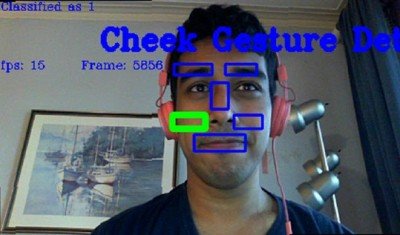Intel has built a platform that lets people with even the most severe disabilities to communicate easily. The platform was apparently developed for physicist Professor Stephen Hawking, who is unable to talk as he is afflicted with amyotrophic lateral sclerosis and has long relied on a computer system to communicate. However, Intel has now open sourced the same platform it built for Stephen Hawking to allow researchers and hackers to broaden its use for people with disabilities of all backgrounds.
Stephen Hawking approached Intel in the year 2011 in view of his then deteriorating condition when he could not speak more than a couple of words in a minute. Intel accepted the request and worked 3 years to build ACAT, or Assistive Context-Aware Toolkit. Intel announced the first stable release that Hawking would use to replace his decades-old speech system in January 2014.
How does ACAT works
The ACAT is a simple to use application. You just have to to just run the installer on your PC and within moments, the ACAT suite is fully functional. Intel’s custom PC for Hawking has only one ‘switch’ and you can trigger a sequence of these switches to do anything. Hawking operates this switch with his cheek. An infrared beam from Hawking’s glasses tracks his cheek and a twitch from it breaks the beam and triggers the switch.
The ACAT Vision software detects your face and monitors your cheek for twitches. A switch gets triggered as soon as it detects one. The screen has similar to a virtual keyboard. There is a yellow box that flashes and alternates between the top and bottom halves of the laid out alphabet and options. You trigger the switch when the yellow cursor box includes the letter or option that you desire to use. Then the box shrinks to the size of a row of letters and goes through each row in the previously selected half and waits for you to twitch your cheek to trigger a switch and select the row. Once the row is selected, the box shrinks to the space of a letter and it goes through each letter in the previously selected row until you twitch to signal the correct letter.
This process is repeated until you have a few letters for the predictive word completion to choose a word for you. Intel’s ACAT is a great tool for challenged people to communicate.
You can get the installer file here from the Github release page.

Leave a Reply